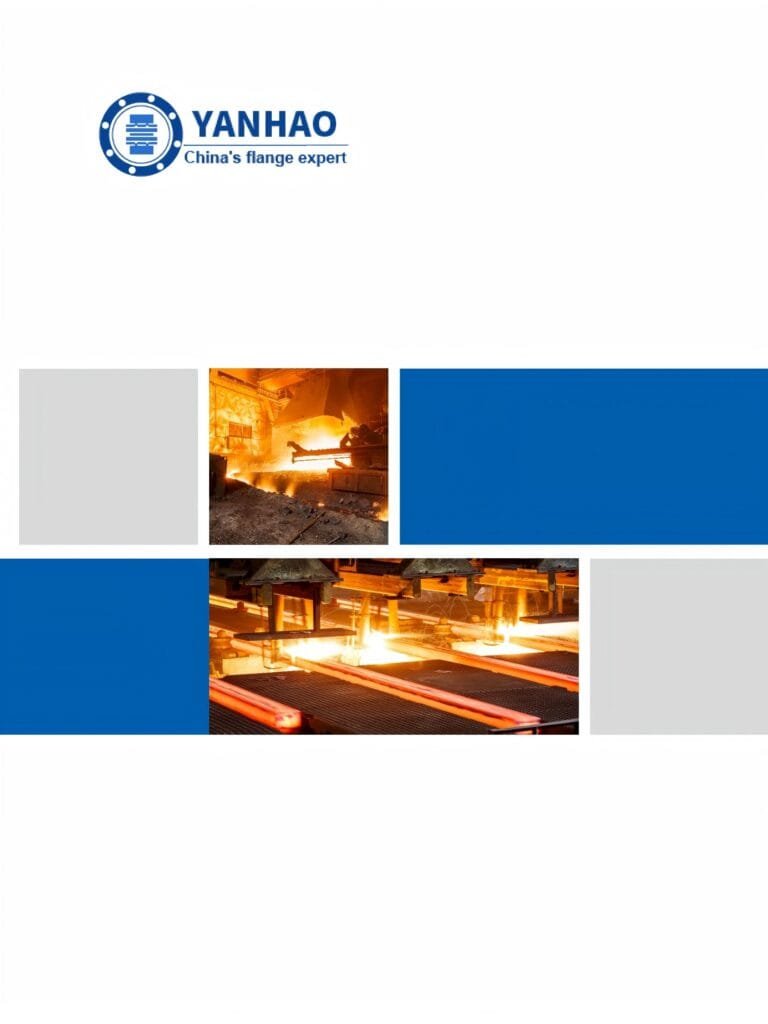Alloy Steel Flanges
Our company provides Alloy Steel Flanges.
We are a China flange manufacturing factory, that can provide you with all kinds of standard alloy steel flanges with nominal diameters from ½ inch to 60 inches, and the products are tested to meet the quality standards, which can meet your different project requirements.


lewis Liu
sales Manager
Alloy Steel Flanges
The Alloy steel flange is a kind of flange made of alloy steel material containing alloy elements such as chromium, molybdenum, nickel, etc. This kind of flange usually has the properties of high-temperature resistance, corrosion resistance, oxidation resistance, etc., which can be used in high-temperature, high pressure and corrosive pipelines.
| Feature/Performance | Description |
|---|---|
| Type | weld neck flanges, slip-on flanges, blind flanges, lap joint flanges, socket weld flanges, threaded flanges. |
| Material | ASTM A182 F11、ASTM A217 WC6、ASTM A335 P11 ASTM A182 F22、ASTM A217 WC9、ASTM A335 P22 ASTM A182 F5、ASTM A217 C5、ASTM A335 P5 ASTM A182 F9、ASTM A217 C12、ASTM A335 P9 |
| Sizes | 1/2″ – 60″ |
| Pressure | Class75、Class150、Class300、Class400、Class600、Class900、Class1500、Class2500 |
| Common Standards | ANSI/ASME B16.5, ANSI/ASME B16.47, EN 1092-1, JIS B2220 |
| flange face | Raised face (RF), concave face (FM), convex face (M), tongue and groove (T), groove (G), full face (FF), ring joint (RJ) |
| Production process | Forging, heat treatment and machining Ingot billets and round bars – Chemical element analysis – Band saw cutting – Forging – Heat treatment – Inspection – Stocking of blanks – Lathes -Deep hole drilling -Inspection – -Marking -Packing in plywood. |
| Product Testing | Direct Reading Spectrometer, Hydrostatic Pressure Tester, X-ray Flaw Detector, UI Ultrasonic Flaw Detector, Magnetic Particle Flaw Detector Each product has its own quality certificate and can also be tested by a third party. |
| Production equipment | Unloading machines, forging hammers, presses, flange molds, heat treatment furnaces, machining lathes, high-speed drilling machines, marking and typing machines, etc. |
| Rust prevention | Electro zinc plating (white or yellow zinc), antirust paint, oil varnish |
| Application | Alloy steel flanges are widely used in various industrial applications due to their strength, corrosion resistance, and durability. They are utilized in industries such as oil and gas (pipelines and offshore platforms), petrochemical (chemical reactors and storage tanks), power generation (steam and water pipelines), aerospace (jet engines and landing gears), marine (seawater pipelines and offshore drilling rigs), and water treatment (pipelines and filtration systems) . Additionally, alloy steel flanges are also used in pigging systems (pipeline cleaning and maintenance). |
In the above table, we provide general information about alloy steel flanges, such as performance characteristics, common materials, specifications and dimensions, which we hope will help you to understand the alloy steel flanges.
The following are some common pressure ratings and temperature ranges for alloy steel flanges.
ASME B16.5 standard (American Standard):
● Pressure ratings: 150LB, 300LB, 600LB, 900LB, 1500LB, 2500LB, etc.
● Temperature range: -29℃ to 815℃.
DIN standard (German standard):
● Pressure ratings: PN6, PN10, PN16, PN25, PN40, etc.
● Temperature range: -20℃ to 450℃.
JIS standard (Japanese standard):
● Pressure ratings: 5K, 10K, 16K, 20K, 30K, etc.
● Temperature range: -10℃ to 350℃.
Warm tips: It is recommended that when choosing alloy steel flanges, we should refer to the relevant standards and specifications, and communicate with professional technicians in order to choose the flanges that are more suitable for the project.
